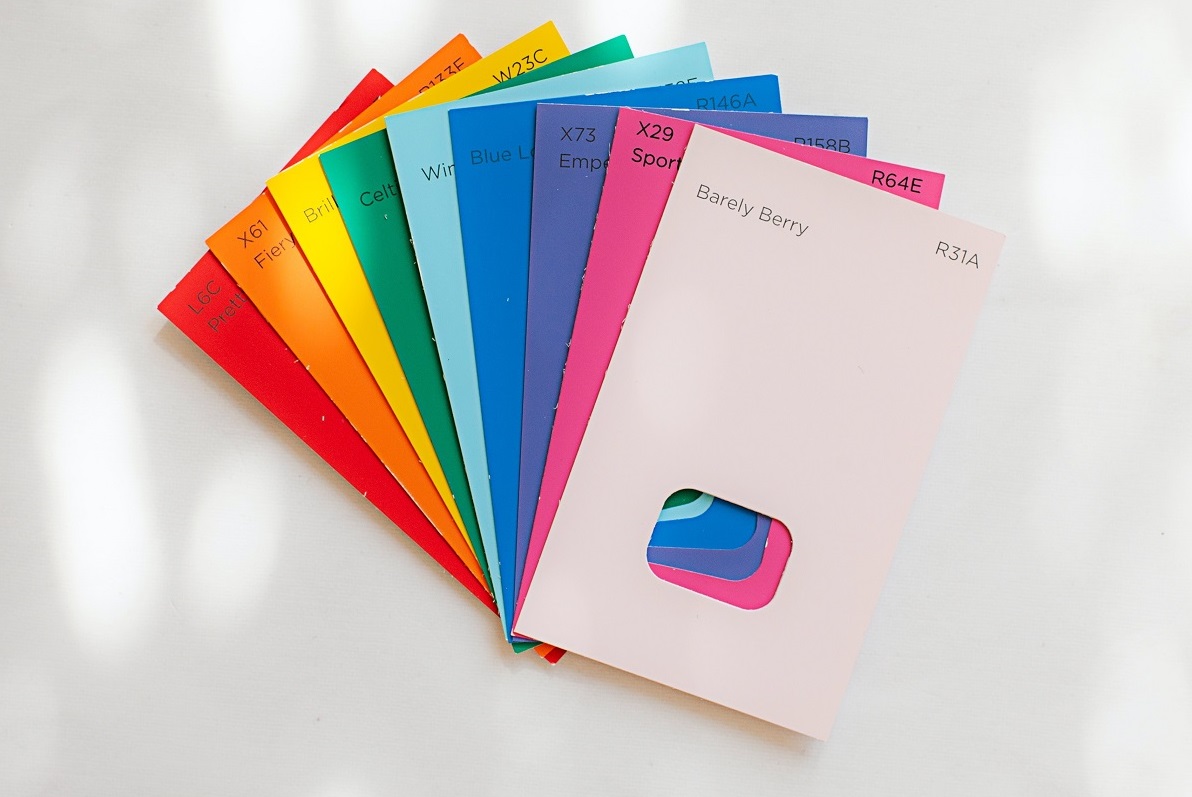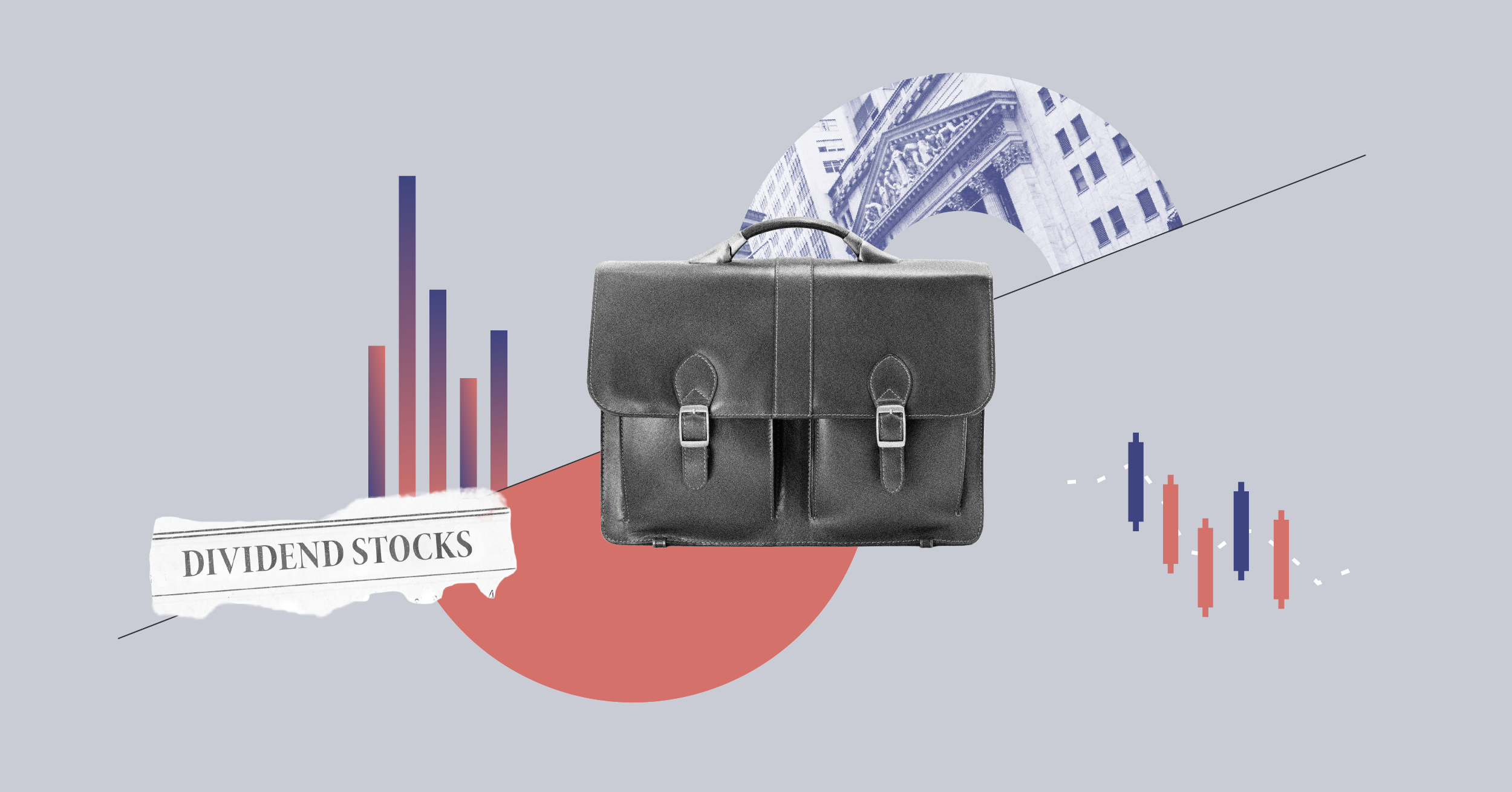Christian Charest: For Morningstar, I'm Christian Charest. I'm here today with Mr. Alexandre Hocquard, portfolio manager at Fiera Capital. One of his responsibilities is managing risk for the Fiera Capital Defensive Global Equity Fund.
Mr. Hocquard, thank you very much for being with us today.
Alexandre Hocquard: Thanks for having me.
Charest: The Defensive Global Equity strategy is an interesting concept. The underlying portfolio is a conventional global equity fund. But on top of that there is an extra layer of risk management for which you are responsible. Can you explain to us how that works?
Hocquard: Sure. So, the objective of the defensive strategy is to manage the volatility of the fund in periods of market stress, but also to reduce the exposure to market drawdowns while being fully invested in a portfolio of global quality securities.
In terms of instruments we may use and metrics we look at, we look at realized volatility and other volatility metrics from intra-day volatility to long-term volatility. And depending on the risk environment and the market action, we will use a combination of index futures and index options to protect the fund against market drawdowns.
Charest: So, market risk is the main goal here?
Hocquard: Market risk is actually the main factor we look at. And to do so, we use a lot of index futures. They are pretty cheap to execute and also, they don't have that premium we may face when we trade index options. But to protect the fund against an expected market risk, I would say, let's say, headline risks or specific bad news, in a very timely manner we will use put options to protect the fund against the gap risk.
Charest: And what's the objective of this strategy in terms of risk reduction as far as the magnitude of the reduction?
Hocquard: Yeah, that's a good question. We actually want to protect the fund during significant corrections and also, even in a situation of a medium to high volatility, such as right now, we want to protect the fund from 40% of the losses up to 60% of the losses.
Charest: Now, according to Morningstar data, the non-defensive version, the one that doesn't have the risk overlay, has produced a three-year annual return that's 1.5% higher than the defensive version, but it also has a standard deviation that's also 1.5% higher, and the Sharpe Ratios for the two versions are more or less the same. Is that what you were aiming for?
Hocquard: Well, the past three years have been characterized by stable market returns and very strong positive performance. And the goal of a defensive strategy in this type of environment is actually to minimize the drag on market performance. I joined Fiera in 2016 and me and my team, we took over the defensive strategy starting in March 2017. Since then we were able to capture 90% of the upside in 2017 while still outperforming our benchmark by more than 2% in 2017. And during more highly volatile periods such as right now, the current environment we are in, in 2018, we protected up to 40% of the losses of the fund and we still outperformed our benchmark by more than 2%.
Charest: Speaking of the current environment, what are the types of risks that you are most concerned with right now?
Hocquard: Well, to be honest, volatility is a concern. We see right now that the classic measure of VIX, the Fear Index, is actually quoting between 15 to 20 and that's what we call a medium volatile environment. So, we need to be very active in the defensive strategy not only to protect the fund if we were to experience another down leg, but also to participate in a probable rebound, let's say, in the coming weeks. But one of the concerns we have and one of the concerns we want to resolve also for investors is actually helping our investors to stay invested in the fund. And to do that by reducing the volatility of the fund, we think that our investors will be more able to stay invested and less worried about the current volatility environment.
Charest: Mr. Hocquard, thank you very much for sharing your thoughts with us today.
Hocquard: Thank you.
Charest: For Morningstar, I'm Christian Charest. Thank you for watching.




















